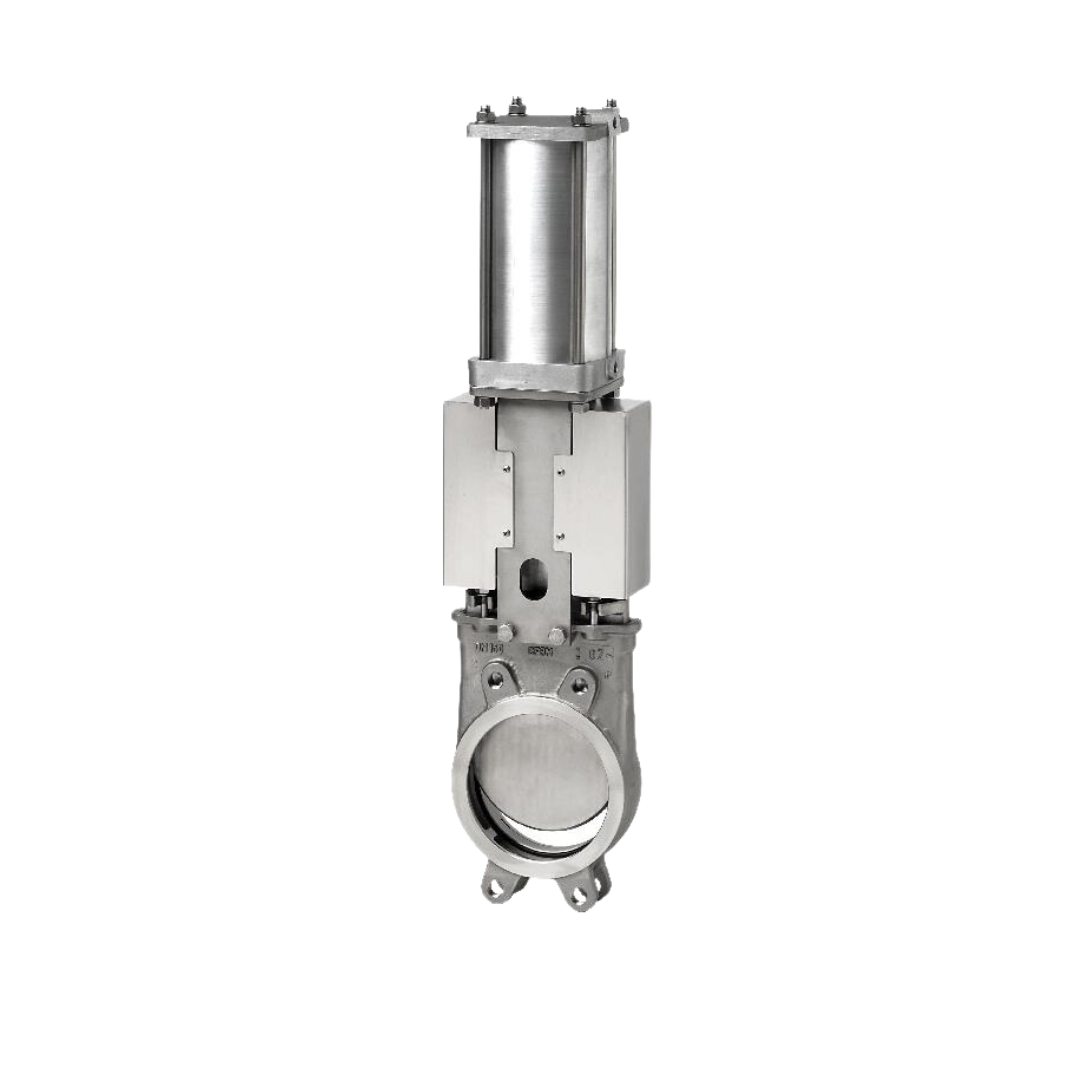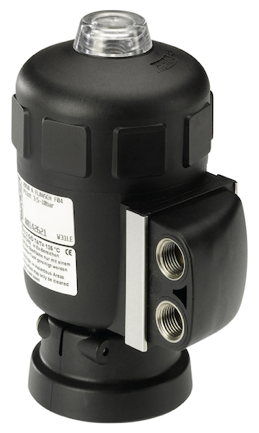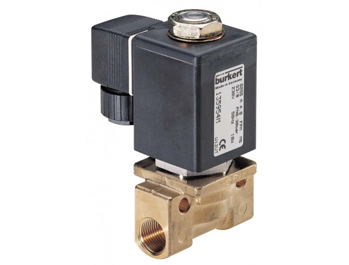
How Does a Pneumatic Actuator Work?
Pneumatic actuators are known across many industries for their simplicity, reliability, and effectiveness. These simple devices use compressed air to generate motion in various applications and processes where precision, consistency, and safety are critical. Whether you are involved in engineering, industrial project management, or simply asking yourself how does a pneumatic actuator work, having an understanding of the functions and features of pneumatic actuators can be incredibly useful.
These components are incredibly useful in environments where electrical sparks or fluid leaks could pose a hazard. They are a staple component in industries ranging from product manufacturing, food and beverage production, and the energy sector to name just a few.
Their operation is based on the straightforward principle of converting air pressure into mechanical force and offers a clean, efficient, and safe solution for driving machinery and automating processes. The ability of pneumatic actuators to provide controlled motion, combined with their adaptability across various applications makes them vital for ensuring the smooth, efficient operation of countless systems and processes.
What is a Pneumatic Actuator?
A pneumatic actuator, at its core, is a device designed to convert energy from compressed air into mechanical motion. This transformation allows an actuator to perform a variety of tasks, such as moving, controlling, or blocking mechanisms within industrial systems.
Operating on a principle that might seem simple at first glance, pneumatic actuators hide complex engineering that helps them to be incredibly versatile and reliable. They consist primarily of a piston housed within a cylinder, which moves in response to changes in air pressure. This movement can either be linear, providing a straight push or pull action, or rotary, creating rotational motion.
The beauty of using air as the driving force is its abundance and safety. Air, unlike hydraulic fluids or electrical power, poses no risk of contamination or ignition, making pneumatic actuators ideal for environments where these factors are a concern.
How Does a Pneumatic Actuator Work?
At the heart of how pneumatic actuators work is the principle of converting compressed air into mechanical energy. This process begins when compressed air is introduced into a chamber within the actuator, creating pressure that moves a piston. The piston, in turn, drives the mechanical motion needed for the task at hand, be it lifting, pushing, pulling, or turning. Pneumatic actuators can be categorised into two main types based on their operation: single-acting and double-acting.
Single-acting actuators use air pressure to move the piston in one direction, relying on a spring to return the piston to its original position once the air pressure is released. Double-acting actuators, on the other hand, have air ports at both ends of the cylinder, allowing compressed air to move the piston back and forth. This dual action provides a greater degree of control and efficiency in the actuator’s operation.
The elegance of pneumatic actuators lies in their simplicity and the clean energy source they use—air. Unlike hydraulic systems that can leak or electric systems that risk sparking in hazardous environments, pneumatic actuators offer a safe and reliable solution.
The Advantages of Pneumatic Actuators
The advantages of pneumatic actuators are numerous, making them a favoured choice across a wide range of industries. One of the primary benefits is their reliability. Built from sturdy materials and designed to function effectively in various environments, these actuators consistently perform well, ensuring operations run smoothly without unexpected downtime.
Safety is another significant advantage. Pneumatic actuators use air – a safe, clean energy source – reducing the risk of fire or contamination associated with hydraulic fluids or the electrical faults possible with electric actuators. This safety feature is particularly valued in industries where the risk of sparks or leaks cannot be tolerated, such as in chemical processing or food production facilities.
Efficiency and cost-effectiveness are also key benefits. Pneumatic systems can be more economical to install and maintain than their hydraulic or electric counterparts, especially in applications where compressed air is readily available. The simplicity of pneumatic actuators contributes to their efficiency, as fewer moving parts mean there is less that can go wrong, reducing maintenance requirements and extending the lifespan of the equipment.
Pneumatic actuators also offer a high level of control and precision. The speed and force of the movement can be easily adjusted by regulating the air pressure, allowing for smooth operation and fine control over a wide range of industrial applications. This combination of reliability, safety, efficiency, and precision positions pneumatic actuators as a smart choice for anyone looking to improve their operational capabilities.
Applications for Pneumatic Actuators
Pneumatic actuators are used in many industries for their versatility and adaptability. In the manufacturing sector, they are instrumental in automating production lines, ensuring operations are swift and seamless. The precise control offered by pneumatic actuators makes them ideal for tasks requiring meticulous movement, such as in the assembly of small components or the packaging of goods.
The durability of pneumatic actuators also makes them suited for the harsh conditions of the mining and construction industries, where they drive machinery and equipment under challenging environments. Their reliability and durability ensure that operations can continue without interruption, even in demanding conditions.
In the oil and gas industry, pneumatic actuators play a critical role in controlling actuated valves that regulate the flow of liquids and gases. Their safety features, including the ability to operate without electricity and hence without sparking risks, make them indispensable in potentially explosive atmospheres.
Pneumatic actuators also contribute significantly to the automation of processes in the water treatment and pharmaceutical sectors. Their cleanliness, owing to the use of air as the driving force, aligns with the stringent hygiene standards required in these fields. Pneumatic actuators are essential for a multitude of applications. Their presence is often behind the scenes, but their impact on the efficiency, safety, and reliability of industrial operations should take centre stage.
Choosing the Right Pneumatic Actuator
Selecting the right pneumatic actuator is crucial for ensuring your system operates efficiently and meets your application’s specific needs. The first step in this process involves understanding the nature of the task at hand and the environment in which the actuator will operate. The type of motion required—linear or rotary—will significantly influence your choice.
Linear actuators are best suited for applications that need a push or pull action, such as lifting or moving objects in a straight line. Rotary actuators, on the other hand, are ideal for tasks that involve rotation, such as turning valves or mixing ingredients.
Do you need precise speed and position control, or is simple on/off control sufficient? The answer will guide you towards either a basic actuator for simpler tasks or a more sophisticated model with built-in sensors and feedback mechanisms for applications requiring precise control. Taking the time to carefully assess these factors will help you choose a pneumatic actuator that not only fits your immediate needs but also offers reliability and efficiency in the long run.
Whether you are tasked with automating a complex manufacturing line or controlling fluid flow in a processing plant, our actuators stand ready to transform compressed air into the kinetic energy that powers your success. Remember, the right actuator not only meets today’s requirements but also adapts to tomorrow’s challenges. Discover the perfect valve supplier to enhance your operations and explore our spare actuator parts designed to keep your equipment at peak performance. Your next step in operational excellence is just a click away.



